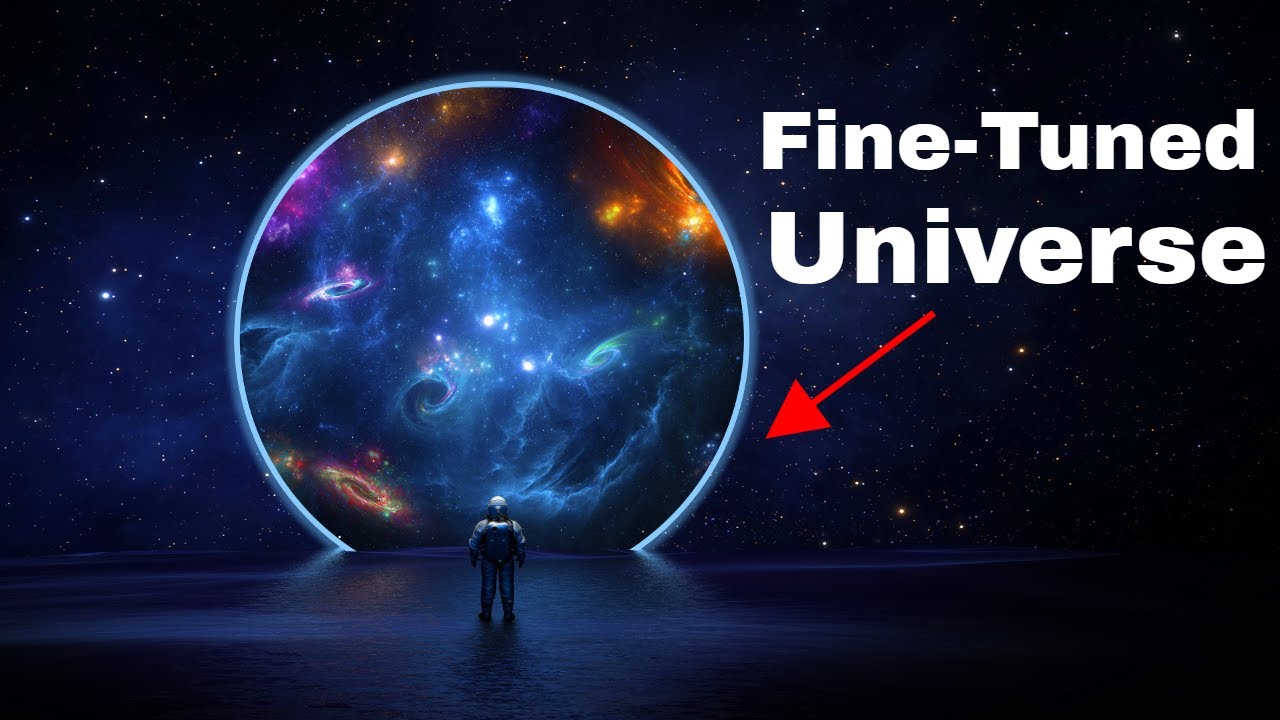Note that only the numerical values of dimensionless constants are significant, as the value of any constant which includes units of length, mass, time, etc. depends upon the socially-constructed units used to express them. Examples of a dimensionless constant is the ratio of the masses of the proton and electron, \mu=m_p/m_e=1836.152673\ldots, which is precisely the same regardless of whether you measure the masses in kilograms, slugs, Planck masses, or bags of cement. If you choose to express the number in binary, octal, or hexadecimal, the symbols will be different, but the value the same. A famous dimensionless constant is the fine-structure constant:
Why is 1/\alpha almost an integer? Why isn’t it exactly an integer? Why 137 and not, say 136 or 138? Nobody knows.
The speed of light, by contrast, is a dimensioned constant:
You might be tempted to wonder why it’s so close to 3\times 10^8\ {\rm m}/{\rm s}, but that’s a pure coincidence from the way the metre and second were originally defined based upon the Earth’s radius and rotation rate. (The speed of light in metres per second is an exact integer, but that’s because the metre is now defined in terms of the speed of light.) But you could equally well write the speed of light as:
(Why isn’t the speed in light year/year exactly 1, you ask? It’s because a light year is defined as the distance light travels in one Julian year, defined as exactly 365.25 days of 86,400 SI seconds, while “year” is usually taken to mean the “mean tropical year”, which is 365.24219 days.)
